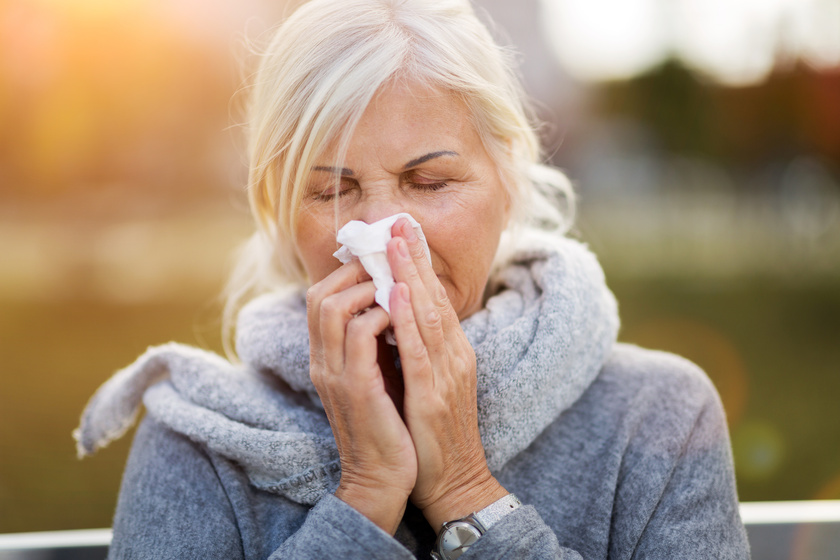According to research, one in seven persons over middle age years suffers from a respiratory condition. As we age, our bodies undergo changes that heighten our risk of contracting pneumonia or chronic obstructive pulmonary disease (COPD), both of which have a negative impact on one’s well-being and quality of life.
As a result, daily tasks like cooking a meal or doing laundry might become exceedingly difficult. In this article, we’ll cover the most common respiratory problems experienced by older adults.
How Aging Impacts Your Lung Functioning
Age-related physical changes result in decreased lung functioning. As bone density decreases, the ribcage’s shape changes, affecting how much it can expand to accommodate breathing.
As you breathe, the diaphragm, which stabilizes your body’s motions, weakens and negatively affects the way you inhale and exhale. The tissues and muscles that keep your airways open start to deteriorate and change shape on a smaller scale.
Your blood’s oxygen content drops as a result of these events. Your body’s inability to eliminate carbon dioxide effectively could also cause air to become trapped in your lungs.
In addition to these adjustments, lifestyle factors like obesity, a history of smoking, and weakened heart function may worsen one’s respiratory problems.
Common Respiratory Problems in Older Adults
A dangerous, sometimes fatal respiratory disorder can develop from colds, heartburn, or sinus infections. The chance of developing the following respiratory conditions is increased in the elderly.
- Pneumonia
- COPD
- Chronic bronchitis
- Asthma
- Lung cancer
- Respiratory emphysema
Lung problems are frequently directly accompanied by heart failure. Fluid builds up in the lungs as a result of the heart’s inability to pump blood as efficiently. Respiratory problems can also be seen in stroke survivors or those with neurological disorders.
When to See a Doctor?
Age-related lung and breathing alterations in older persons can make them feel more exhausted and prevent them from engaging in vigorous aerobic activities. Talk to your doctor if your loved one reports experiencing the following signs and symptoms:
- Breathing difficulty
- Swallowing difficulty
- Fever
- Headache
- Chest pain
- Persistent cough
- Wheezing
- Blood when coughing
- Coughing fits
- Muscle ache
- Disruptions in sleep
- Swelling of limbs
- Constant weariness
How to Reduce the Risk of Respiratory Conditions
To lower your risk of developing more severe respiratory conditions:
- Stop smoking, as it exacerbates lung deterioration.
- Start working out to combat deteriorating lung functioning.
- Avoid spending extended periods of time sitting or lying down since the accumulation of mucus in your airways increases the risk of developing a lung infection.
- By washing your hands, getting vaccinated, and avoiding sick people, you may improve your chances of not contracting respiratory infections like the common cold and flu.
- Receive round-the-clock specialized care at an assisted living community to manage pre-existing health conditions that could make you more prone to developing respiratory illnesses.
As we age, the likelihood of developing respiratory problems is much higher. Sometimes, moving to a retirement community where your loved one can count on trained and dedicated team members to provide support for various health conditions is the solution. Moreover, respiratory conditions can be managed with a comprehensive health and fitness program best tailored to their individual abilities and preferences!







